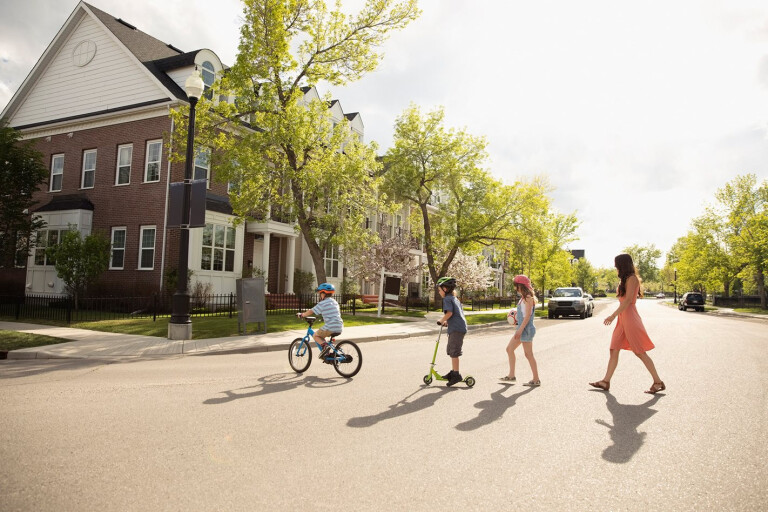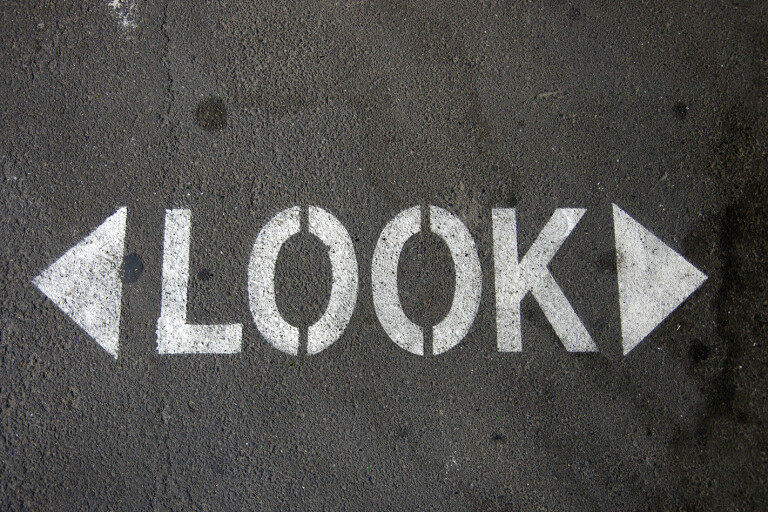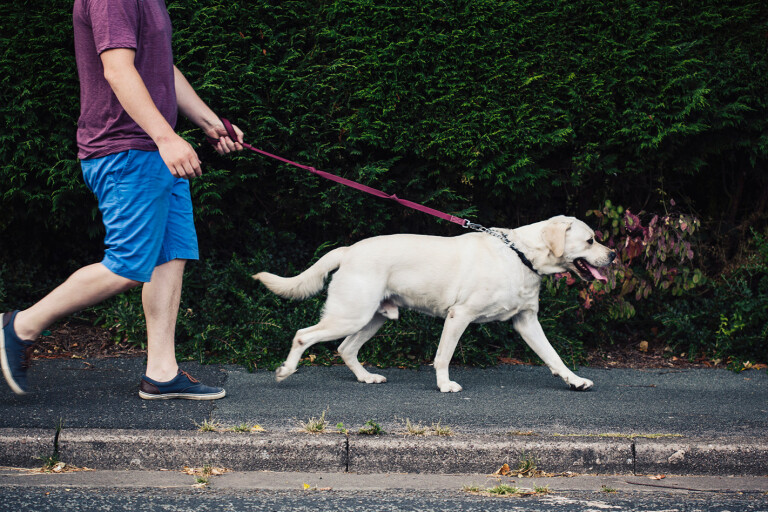
On my drive to work earlier this week a man walking his two dogs yelled at me. Actually, he abused and berated me so loudly I felt compelled to pull over and understand his issue. I wound my window down, and he came over.
“You know you’re supposed to give way to me,” he spat. “Cars have to give way to pedestrians.”

Let’s rewind 30 seconds and set the scene. I’m driving along a main road, and he’s walking his dogs along the footpath coming towards me. I want to turn right into a side road, the same side road which he must cross to continue his journey. There are no lights at this intersection, no pedestrian crossing, no signs indicating this is a shared zone… nothing beyond a stop sign on the side road for cars wanting to join the main road.
Who has right of way: The car or the pedestrian?
Our roadside conversation continued in more civil tones than it began, although it’s fair to say we did not reach agreement. I believed the car has right of way, and he refuted that the pedestrian has right of way. We both left the scene, probably hoping never to meet again. But I’d actually like to cross paths again, so I can tell him he’s wrong, and maybe save his life in future.

When I got to work I looked up the Australian Road Rules, and waded through its 339-page largesse. The section which lays out the “Rules for Pedestrians” starts on page 205, and on page 206 there’s a section titled “Crossing a road – general”.
A pedestrian crossing a road:
a) must cross by the shortest, safest route; and
b) must not stay on the road longer than necessary to cross the road safely
Not much help there. There are whole sections governing painted pedestrian crossings and traffic lights, but since the intersection in question had neither, these don’t apply. In fact, there’s no specific section dealing with “how to cross at a stop sign intersection”, which means the Rule 236 – the catchall rule – applies.
A pedestrian must not cause a traffic hazard by moving into the path of a driver.
Mr Dog Man would definitely have become a hazard to me if he’d crossed the road in front of my car thinking he had right of way.

Just to be sure, I checked the “how to make turns” section of the rules, which starts from page 29, in case there were requirements on cars entering side-roads to give way to pedestrians.
Neither left turns nor right turns make any mention of such.
So, not exactly the legalese slap-down I was hoping for, but a pretty clear result nonetheless. Wouldn’t it be great if some pedestrians in built-up areas like the CBD kept that mandate in mind when striding invincibly and irascibly onto the road in front of cars!
It’s not the first time I’ve been confronted by angry or aggressive pedestrians with God complexes. Personally, I blame Victoria’s overly emotive TAC ads. You know the ones where, if the driver had not been doing 65km/h in a 60km/h zone, the little child chasing his ball, or the mum pushing her pram, would not have been hit because the driver could have braked in time...
These dramatisations neatly sidestep the fact that the pedestrians were doing the wrong thing. They also undo decades of catchy TV jingles teaching our kids to take extra care when crossing roads. Hector the Cat would be horrified.
Today’s pedestrians are just as likely to be absorbed in their smartphone when approaching a road, or be listening to music. That inattention combined with the “pedestrians are always right” attitude make for a dangerous and deadly cocktail – assuming that every car will stop for you is a dangerous attitude to have. Does that give drivers the right to muscle past every pedestrian they encounter crossing the road? Certainly not, but there are often circumstances where drivers simply aren’t able to see foot traffic until it’s too late, a situation that wouldn’t happen if pedestrians made more conscious efforts to keep themselves out of harm’s way.
They, and all Australian road users, in fact, could do with a refresher course in what happens when a two-tonne car moving at 60km/h collides with a human body. A better appreciation for the outcome would surely prompt pedestrians to be more careful in future, and might even save lives.
In this case, Mr Dog Man was not in the right. But even if he was, what solace would it have been to him if he’d died?
COMMENTS